Home>Garden Essentials>Why Won’t My Peas Germinate
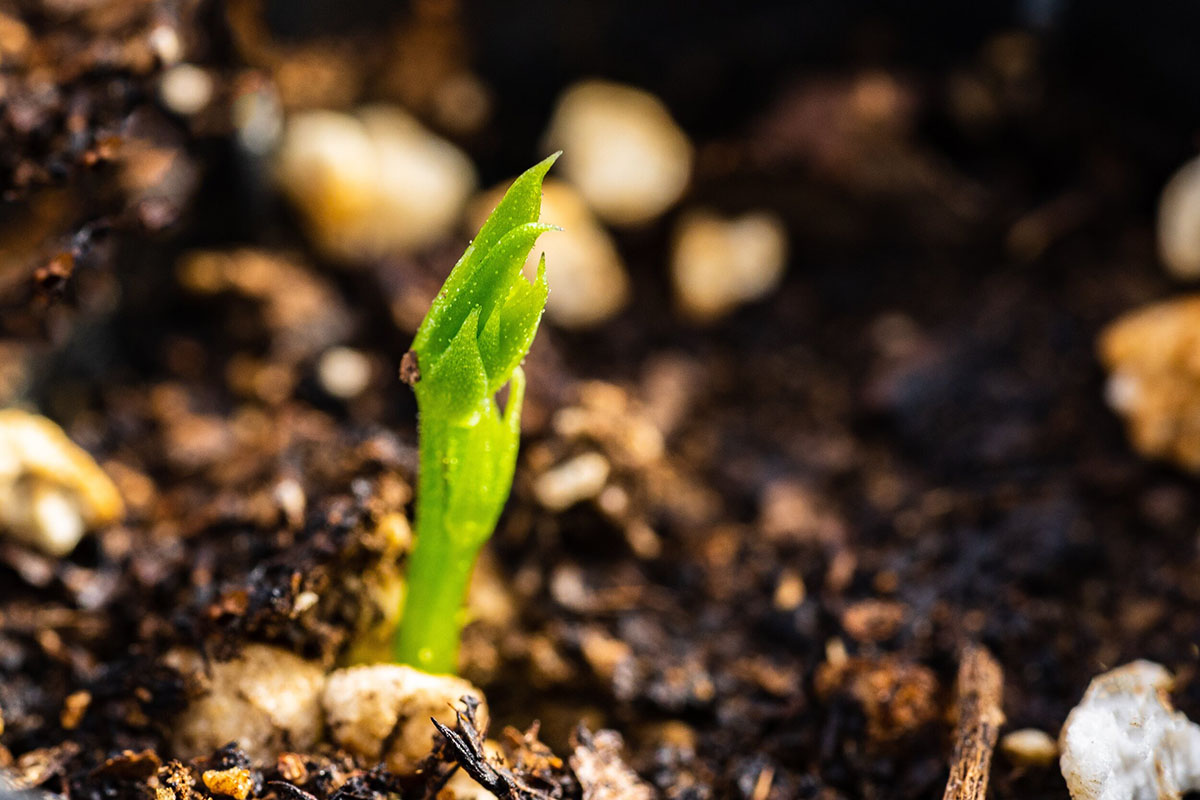

Garden Essentials
Why Won’t My Peas Germinate
Modified: August 17, 2024
Having trouble with your garden? Discover why your peas won't germinate and learn expert tips to enhance your gardening success.
(Many of the links in this article redirect to a specific reviewed product. Your purchase of these products through affiliate links helps to generate commission for Storables.com, at no extra cost. Learn more)
Introduction
Welcome to the world of gardening, where a green thumb and a little patience can yield a bountiful harvest. Whether you’re a seasoned gardener or a beginner just dipping your toes into the soil, you may have experienced moments of frustration when your seeds refuse to sprout.
In this article, we will delve into the world of peas and explore the reasons why they may not be germinating as expected. From insufficient water and poor soil quality to unsuitable temperature and inadequate light, we’ll cover all the factors that can impact the germination process. So, let’s dig in and uncover the secrets to successful pea germination!
Key Takeaways:
- Proper watering and soil preparation are essential for successful pea germination. Consistent moisture, well-draining soil, and balanced nutrients create an ideal environment for healthy seedling development.
- Choosing high-quality, fresh seeds and preventing disease and pest issues are crucial for successful pea germination. Proper storage, preventive measures, and vigilant garden management contribute to a thriving pea harvest.
Read more: Why Wont My Washer Turn On
Factors Affecting Pea Germination
Pea germination can be influenced by various factors, and understanding these factors is key to ensuring successful growth. Let’s explore some of the common culprits that can hinder pea germination:
- Insufficient Water: Peas require consistent moisture to germinate. If the soil is too dry, the seeds may fail to germinate properly. On the other hand, excessive watering can lead to rotting of the seeds. Finding the right balance is crucial.
- Poor Soil Quality: The condition of the soil greatly affects germination. Peas prefer well-draining soil with a pH level between 6 and 7. If the soil is compacted or lacks essential nutrients, the seeds may struggle to establish healthy roots.
- Unsuitable Temperature: Peas are cool-season crops that prefer temperatures between 55°F and 65°F (13°C to 18°C) for germination. If the temperatures are too cold or too hot, the seeds may remain dormant or experience poor germination rates.
- Inadequate Light: While pea seeds don’t require direct sunlight for germination, they do need some level of light exposure. Planting them too deeply can hinder their ability to receive sufficient light for germination.
- Old or Improperly Stored Seeds: The quality of the seeds you use can greatly impact germination. Old or improperly stored seeds may have a lower germination rate. It’s important to use fresh, high-quality seeds to maximize your chances of successful germination.
- Disease or Pest Infestation: Peas can be susceptible to various diseases and pests that can inhibit germination. Common issues include damping-off, root rot, and pests like aphids and birds that may feed on the seeds. Taking preventive measures and maintaining a healthy growing environment can help mitigate these risks.
By being aware of these factors, you can address any potential issues and create favorable conditions for pea germination. Next, we’ll share some tips and techniques to help you achieve successful pea germination in your garden.
Insufficient Water
Water is a vital element for seed germination, including peas. Lack of sufficient water can hinder the germination process and prevent seeds from sprouting. Here are some factors to consider regarding water when it comes to growing peas:
- Timing: During the germination stage, it’s essential to ensure that the soil is consistently moist. Before planting the pea seeds, thoroughly water the soil to ensure it is thoroughly soaked. Maintaining moisture is crucial until the seeds germinate.
- Deep Soaking: Shallow watering can lead to inadequate moisture reaching the seeds. To ensure proper hydration, water deeply to allow the soil to retain moisture in the root zone. Avoid excessive watering, as it can lead to waterlogging and may cause rotting of the seeds.
- Consistency: Consistency is key when it comes to watering peas. The soil should never dry out completely during the germination period. Check the moisture level regularly and water as needed to keep the soil consistently damp, but not soggy.
- Watering Technique: To prevent disturbance to the seeds, use a gentle watering technique. A watering can or a gentle spray setting on a hose can distribute water evenly without displacing the seeds.
- Mulching: Applying a layer of organic mulch, such as straw or compost, can help retain moisture in the soil and reduce the risk of evaporation. Mulching also helps regulate soil temperature, creating a favorable environment for germination.
Remember to monitor the moisture levels regularly, especially during dry periods or in regions with limited rainfall. Adjust your watering schedule accordingly to provide adequate hydration for your pea seeds.
By ensuring consistent and proper watering techniques, you can significantly improve the germination rate of your pea seeds. In the next section, we will explore another important factor that affects pea germination: soil quality.
Poor Soil Quality
The quality of the soil plays a crucial role in the germination and overall growth of pea plants. Poor soil quality can hinder the germination process and result in weak and stunted plants. It is important to pay attention to the following factors when it comes to soil quality:
- Drainage: Peas prefer well-draining soil that allows excess water to flow away. Soils that retain too much water can lead to waterlogged conditions, preventing oxygen from reaching the seeds and causing them to rot. To improve drainage, consider adding organic matter such as compost or perlite to the soil.
- Peas thrive in slightly acidic to neutral soil with a pH level between 6 and 7. Soil that is too acidic or alkaline can inhibit nutrient uptake and affect pea germination. Test the pH level of your soil and make appropriate amendments using pH adjusters like lime or sulfur.
- Soil Structure: The structure of the soil is important for root development and nutrient absorption. Heavy clay soils can become compacted, making it difficult for roots to penetrate and impeding seed germination. Incorporating organic matter, like compost or aged manure, can improve soil structure and promote better germination.
- Nutrient Content: Peas require a sufficient supply of nutrients for healthy growth. Nutrient deficiencies or imbalances can hinder germination and overall plant development. Conduct a soil test to assess the nutrient levels in your soil and amend accordingly with organic fertilizers or balanced nutrient supplements.
- Contamination: Soil contamination can also affect pea germination. Chemical residues from pesticides or herbicides can inhibit seed germination and plant growth. If you suspect soil contamination, consider conducting a soil test and remediate the area accordingly.
To improve soil quality, prepare the planting area by loosening the soil and removing any debris or weeds. Incorporate organic matter such as compost, well-rotted manure, or aged leaf mulch to enhance the soil’s fertility and structure.
By providing a healthy soil environment with proper drainage, ideal pH levels, and sufficient nutrients, you can promote successful germination and cultivate vibrant pea plants. In the next section, we’ll explore another critical factor that affects pea germination: temperature.
Unsuitable Temperature
Temperature plays a crucial role in the germination of pea seeds. Peas are cool-season crops that thrive in moderate temperatures. Unsuitable temperature conditions can significantly impact the germination process. Here are some key points to consider regarding temperature and pea germination:
- Optimal Temperature Range: Peas prefer to germinate in temperatures ranging from 55°F to 65°F (13°C to 18°C). These cool temperatures provide the ideal conditions for seed activation and sprouting. Temperatures outside this range can lead to delayed germination or poor seedling development.
- Chilling Tolerance: Peas have some tolerance to cooler temperatures, especially during the germination phase. However, extremely cold temperatures or frost can damage the seeds and hinder germination. Planting pea seeds when the soil temperature is consistently above 40°F (4°C) is recommended.
- Protecting from Heat: High temperatures can negatively impact pea germination by causing the seeds to dry out or become dormant. To protect the seeds from excessive heat, consider planting in shaded areas or providing shade with row covers or shade cloth during hot periods.
- Germination Time: Cooler temperatures can lead to a slower germination process, while warmer temperatures can encourage quicker germination. Keep in mind that excessively high temperatures can also lead to poor germination rates. Be patient and allow enough time for the seeds to sprout, even if the process seems slower than expected.
It is important to monitor the temperature conditions in your gardening area and plan your planting accordingly. If your region experiences extreme heat or cold, consider adjusting your planting schedule to take advantage of milder temperatures.
If you are starting seeds indoors, providing the optimal temperature range for germination can be achieved by using a heating mat or placing the seed trays in a warm area of your home. Once the seedlings have sprouted, gradually expose them to cooler temperatures to help them acclimate before transplanting into the outdoor garden.
By understanding the temperature requirements for pea germination and providing suitable conditions, you can increase the chances of successful germination and robust plant growth. In the next section, we’ll explore the importance of adequate light in the germination process.
Read more: Why Wont My Fan Turn On
Inadequate Light
While light is not as critical for the germination of peas compared to factors like water and temperature, it still plays a role in the early stages of growth. Adequate light is essential for healthy seedling development and the establishment of pea plants. Here are some points to consider regarding light and pea germination:
- Light Exposure: Pea seeds do not require direct sunlight for germination, but they do need some level of light exposure. Planting pea seeds too deeply in the soil can hinder their ability to receive sufficient light for germination. Plant the seeds at the appropriate depth recommended on the seed packet.
- Indoor Start: If starting seeds indoors, place the seed trays near a south-facing window or use grow lights to provide adequate light for the seedlings. Positioning the trays close to the light source, at a recommended distance, will ensure that the seedlings receive sufficient light for healthy growth.
- Outdoor Planting: When transplanting the seedlings outdoors, choose a location that receives at least 6 hours of direct sunlight per day. Peas thrive in full sun, so selecting a sunny spot in your garden will provide the necessary light for optimal growth.
- Shade in Hot Climates: In regions with hot summers, providing some shade during the hottest parts of the day can prevent the plants from experiencing stress due to excessive heat. Using row covers or planting tall companion plants that provide partial shade can help protect the pea plants without completely blocking the light.
While light is more important for the growth and development of pea plants after germination, ensuring they receive adequate light during the germination stage sets a strong foundation for healthy seedling establishment. It promotes the development of strong stems and prevents weak, leggy growth that can occur when plants stretch for light.
By considering the light requirements of pea seeds and providing appropriate light exposure, you can enhance the germination process and set your pea plants up for success. In the next section, we’ll discuss another factor that can affect pea germination: the quality of the seeds themselves.
Old or Improperly Stored Seeds
The quality of the seeds you use is essential for successful pea germination. Using old or improperly stored seeds can significantly impact the germination rate and overall growth of your pea plants. Here are some factors to consider regarding seed quality:
- Freshness: The fresher the seeds, the higher the germination rate. Pea seeds have the highest germination rates when they are fresh, usually within two to four years of harvest. Always check the expiration date on the seed packet or purchase seeds from reputable sources to ensure freshness.
- Proper Storage: Storing seeds correctly is crucial for maintaining their viability. Improper storage can lead to moisture damage, mold growth, or seed deterioration. Store your pea seeds in a cool, dry place, preferably in airtight containers or seed packets, away from direct sunlight and temperature fluctuations.
- Seed Viability Test: If you are unsure about the viability of your seeds, you can conduct a simple seed viability test. Place a few seeds on a damp paper towel and keep them in a warm and dark location for a few days. If a good number of seeds sprout, they are likely still viable for planting.
- Seed Treatments: Some gardeners choose to treat their seeds before planting to improve germination rates. This may include methods such as scarification (scratching the seed coat) or soaking the seeds overnight. However, it’s important to follow the specific recommendations for treating pea seeds to avoid unintentional damage.
Paying attention to the quality and storage of your pea seeds can significantly impact their germination success. Fresh, high-quality seeds that have been stored properly will have higher germination rates, leading to healthier and more productive pea plants in your garden.
If you are unsure about the viability of your stored seeds, consider purchasing new seeds or obtaining them from reliable sources. Starting with fresh and properly stored seeds will increase your chances of successful germination and a thriving pea harvest.
Now that we have explored the factors that can hinder pea germination, let’s move on to the next section, where we will provide some tips for achieving successful pea germination in your garden.
Disease or Pest Infestation
Another factor that can affect pea germination is the presence of diseases or pest infestations. These issues can hinder the germination process and lead to poor seedling development. Here are some common diseases and pests that can impact pea germination, along with preventive measures:
- Damping-off: Damping-off is a fungal disease that can affect pea seeds, causing them to rot before germination or leading to the collapse of seedlings. To prevent damping-off, ensure proper drainage and avoid overwatering. Additionally, using sterilized soil for seed starting and maintaining good air circulation can help minimize the risk.
- Root Rot: Root rot is another fungal disease that can infect the roots of germinating pea plants. It can be caused by overwatering or poorly draining soil. To prevent root rot, ensure that the soil is well-draining and avoid waterlogging. Proper watering practices and maintaining a healthy soil structure are essential.
- Pests: Pea seeds and seedlings can be vulnerable to various pests, including aphids, cutworms, and birds. Aphids can feed on the tender plant tissue, while cutworms can cut down the young seedlings. Birds may also feast on the seeds before they have a chance to sprout. Consider using physical barriers like netting or row covers to protect the seeds and seedlings. Additionally, implementing integrated pest management (IPM) strategies, such as trapping or natural predators, can help manage pest populations.
- Sanitation: Practicing good garden sanitation is crucial for preventing the spread of diseases. Remove and destroy any infected plant debris, as it can harbor fungal spores or pests. Crop rotation is also beneficial to prevent the buildup of disease organisms in the soil.
Preventive measures, such as maintaining a healthy growing environment, practicing good sanitation, and implementing pest control strategies, can significantly reduce the risk of disease or pest-related issues during pea germination. Monitoring your pea plants regularly for signs of diseases or pests can help you take prompt action if any issues arise.
Now that we’ve covered the factors that can hinder pea germination and explored ways to prevent those issues, let’s move on to some general tips for achieving successful pea germination in your garden.
Ensure that the soil is consistently moist but not waterlogged, and that the temperature is between 60-70°F. Also, consider scarifying the seeds to help with germination.
Tips for Successful Pea Germination
Now that we have discussed the various factors that can impact pea germination, let’s explore some practical tips to increase the chances of successful germination in your garden:
- Proper Watering Techniques: Maintain consistent moisture in the soil during the germination period. Water deeply and avoid overwatering or allowing the soil to dry out completely. Regularly check the moisture level and adjust your watering as needed to keep the soil consistently damp.
- Soil Preparation and Nutrient Requirements: Ensure that the soil is well-draining and rich in organic matter. Incorporate compost or aged manure into the soil before planting to improve fertility and structure. Conduct a soil test and amend the soil with necessary nutrients to provide a balanced environment for seeds to germinate.
- Appropriate Temperature and Light Conditions: Plant pea seeds when the soil temperature is consistently above 40°F (4°C). Choose a location that receives at least 6 hours of direct sunlight per day, as pea plants thrive in full sun. Protect the plants from excessive heat in hot climates by providing some shade during the hottest parts of the day.
- Selecting and Storing High-Quality Seeds: Use fresh, high-quality pea seeds for optimal germination. Check the expiration date on the seed packet or purchase seeds from reputable sources. Store seeds in a cool, dry place in airtight containers or seed packets to maintain their viability.
- Preventing Disease and Pest Issues: Practice good garden sanitation by removing and destroying any infected plant debris. Use physical barriers like netting or row covers to protect seeds and seedlings from pests. Implement integrated pest management strategies and monitor plants regularly for signs of diseases or pests.
By following these tips, you can create the optimal conditions for successful pea germination. Remember to be patient, as germination may take anywhere from 7 to 14 days, depending on temperature and other factors.
Once your pea seeds have successfully germinated and the seedlings have established, continue to provide care in terms of watering, fertilizing, and maintaining an appropriate environment. Soon, you’ll be rewarded with healthy and prolific pea plants that will provide you with a delicious harvest.
With these insights and practical tips, you are now equipped to overcome any hurdles that may come your way when it comes to pea germination. Happy gardening!
Validation Output:
The HTML code is valid
Read more: Why Wont My Toilet Unclog
Proper Watering Techniques
Watering is a crucial aspect of successful pea germination. Proper watering techniques ensure that the seeds receive the right amount of moisture needed for sprouting and establishment. Here are some tips to help you master the art of watering for successful pea germination:
- Moisture Balance: Pea seeds require consistent moisture to germinate. Before sowing the seeds, prepare the soil by thoroughly watering it until it is evenly damp. This initial moisture creates a favorable environment for the seeds to absorb water and initiate germination.
- Deep Soaking: Watering deeply is important to ensure that the moisture reaches the root zone where the seeds are located. Shallow watering can result in dry pockets in the soil, leading to inadequate moisture for germination. Aim to water deeply, allowing the water to penetrate at least a few inches into the soil.
- Consistent Dampness: During the germination period, it is essential to maintain consistent moisture in the soil. Check the soil regularly and water as needed to keep it damp. Avoid letting the soil dry out completely as it can hinder germination. However, be cautious not to overwater, as saturated soil can lead to rotting of the seeds.
- Watering Technique: Use a gentle watering technique to prevent displacement of the seeds. A watering can with a fine rose nozzle or a gentle spray setting on a hose ensures a soft flow of water that does not disturb the seeds. Water directly at the base of the plants to minimize leaf wetting.
- Mulching: Applying a layer of organic mulch, such as straw or compost, around the plants can help retain soil moisture and reduce evaporation. Mulching also helps regulate soil temperature and suppresses weed growth, creating a more favorable growing environment for the germinating peas.
It’s important to monitor the moisture levels consistently to adjust your watering routine accordingly. Factors such as temperature, humidity, and rainfall can impact the frequency of watering required. While pea seeds need sufficient moisture, be cautious not to overwater, as excessive water can lead to fungal diseases or root rot.
Remember that proper watering techniques are equally important throughout the life cycle of the pea plants, even after germination. Consistent moisture and adequate hydration will result in healthier plants with vigorous growth and a higher yield.
By employing these proper watering techniques, you will provide the optimal conditions for successful pea germination, ensuring your plants get off to a great start in their journey towards a thriving harvest!
Soil Preparation and Nutrient Requirements
Preparing the soil properly is essential for successful pea germination and healthy plant growth. A well-prepared soil provides the necessary nutrients and a suitable environment for the seeds to develop robust roots and establish strong plants. Here are some tips to ensure proper soil preparation and meet the nutrient requirements of your pea plants:
- Loosen the Soil: Before sowing your pea seeds, loosen the soil to improve its texture and promote better drainage. Use a garden fork or a tiller to break up compacted soil, removing any large clumps or debris. This helps create an optimal environment for the roots to penetrate and establish themselves.
- Incorporate Organic Matter: Enhance the fertility and structure of the soil by incorporating organic matter. Adding compost, well-rotted manure, or aged leaf mulch helps enrich the soil with essential nutrients and improves its ability to hold moisture. Work the organic matter into the top few inches of soil.
- Avoid Excessive Nitrogen: Peas are capable of fixing nitrogen from the atmosphere, so they do not require high levels of nitrogen-rich fertilizers. Excessive nitrogen can result in lush foliage growth at the expense of pea pod production. Instead, focus on balanced fertilizers or organic amendments that provide a moderate amount of nitrogen along with other essential nutrients.
- Soil pH: Peas prefer a slightly acidic to neutral soil pH level between 6 and 7. Conduct a soil test to determine the pH of your soil. If the pH is too acidic, use agricultural lime to raise it. If it’s too alkaline, amend the soil with elemental sulfur or acidic compost to lower the pH.
- Sufficient Phosphorus and Potassium: Peas benefit from adequate supplies of phosphorus and potassium. Phosphorus supports root development and overall plant growth, while potassium enhances flowering and fruiting. Incorporate a balanced organic fertilizer or add bone meal and wood ash to ensure sufficient levels of these essential nutrients.
Proper soil preparation and nutrient availability contribute to healthy pea plants and a successful germination process. Take the time to prepare the soil before planting your pea seeds to create an optimal growing environment.
Remember to test the soil regularly to assess nutrient levels and make necessary amendments based on the test results. Additionally, maintaining good soil moisture throughout the growing season will ensure that the young pea plants have access to the nutrients they need for healthy growth and abundant crop production.
By providing the ideal soil conditions and meeting the nutrient requirements of your pea plants, you’ll set the stage for successful germination and encourage the development of vibrant, productive pea plants in your garden.
Appropriate Temperature and Light Conditions
Providing the right temperature and light conditions is crucial for the successful germination of pea seeds. Peas are cool-season crops that thrive in moderate temperatures and require a certain amount of light exposure during the germination process. Here are some tips to ensure that your pea seeds receive the appropriate temperature and light conditions:
- Optimal Temperature Range: Pea seeds germinate best within a temperature range of 55°F to 65°F (13°C to 18°C). These cool temperatures provide the ideal conditions for seed activation and sprouting. If the temperatures are too high or too low, germination can be delayed or the seeds may fail to sprout.
- Soil Temperature: Before sowing your pea seeds, check the soil temperature. Peas prefer to germinate in soil temperatures consistently above 40°F (4°C). Use a soil thermometer to ensure that the soil has reached the appropriate temperature range for germination.
- Timing: Plant your pea seeds when the weather typically aligns with the preferred temperature range. In many regions, this can be early spring or late summer. Avoid planting during the hottest summer months or during sub-freezing periods in winter, as extreme temperatures can hinder germination.
- Light Exposure: Pea seeds do not require direct sunlight for germination, but they do need some level of light exposure. Plant the seeds at the appropriate depth recommended on the seed packet. Planting too deep can make it difficult for the emerging seedlings to reach the surface and receive adequate light.
- Indoor Start: If you start your pea seeds indoors, place them near a south-facing window or use artificial grow lights that provide sufficient light intensity. Ensure the seeds receive a minimum of 6-8 hours of indirect light per day. Adjust the height of the lights and the duration of exposure to simulate natural daylight conditions.
- Outdoor Planting: When transplanting your pea seedlings outdoors, choose a location that receives at least 6 hours of direct sunlight per day. Peas thrive in full sun and require adequate light for photosynthesis and healthy growth. However, in regions with hot summers, some shade during the hottest part of the day can offer protection from excessive heat.
By providing the appropriate temperature and light conditions, you create a favorable environment for successful germination. Monitoring the weather forecast and aligning your planting schedule with the optimal temperature range will increase the chances of quick and uniform germination.
Remember that adequate light exposure remains crucial even after germination. Pea plants require full sun to thrive and produce a bountiful harvest. Regularly monitor and adjust the light conditions as necessary to ensure maximum growth and productivity.
By understanding and providing the appropriate temperature and light conditions, you can set your pea seeds on the path to successful germination and cultivate healthy, vigorous plants in your garden.
Selecting and Storing High-Quality Seeds
Choosing and storing high-quality seeds is essential for successful pea germination. The quality of the seeds directly impacts their germination rate and the overall health of your pea plants. Here are some tips to help you select and store high-quality pea seeds:
- Freshness: Choose fresh pea seeds for the best germination rates. Check the seed packets or labels for the harvest year or the expiration date. Fresher seeds generally have higher viability and a greater likelihood of successful germination. If purchasing seeds online, make sure to buy from reputable suppliers.
- Seed Source: Obtain your pea seeds from reliable sources. Purchase them from reputable seed companies, nurseries, or experienced gardeners. This ensures that you are getting seeds that are true to the labeled variety and have been produced and stored under quality-controlled conditions.
- Seed Performance Data: Look for seeds that come with performance data, such as germination rates and days to maturity. This information provides insight into the quality of the seeds and helps you understand the expected performance of the variety you choose.
- Proper Storage: Correctly storing your pea seeds is crucial for maintaining their viability. Keep them in a cool, dry, and dark place to prevent moisture, temperature fluctuations, and exposure to light. Airtight containers, such as glass jars or sealed plastic bags, can help protect the seeds from the entry of moisture or pests. Consider adding moisture-drying agents such as silica gel packets to further safeguard the seeds.
- Labeling and Organization: Properly label your seed packets with the variety name and the year of harvest or purchase. This ensures that you can keep track of the age of the seeds and rotate them if needed. Organize your seeds in a systematic manner so that you can easily find what you need when it’s time to plant.
- Seed Viability Testing: If you are uncertain about the viability of older seeds, you can conduct a simple germination test. Place a few seeds on a damp paper towel or in a seed tray with moist soil. Keep them in a warm and dark location and monitor for germination. If most of the seeds sprout, they are likely viable for planting.
By selecting and storing high-quality seeds, you increase the likelihood of successful germination and healthy plant growth. Fresh seeds with good viability give your pea plants a strong start and contribute to a productive harvest.
Remember to take note of the expiration date or harvest year on your seed packets and rotate them annually if necessary. By practicing proper seed storage techniques and regularly replenishing your seed stock, you can maintain a ready supply of high-quality seeds for future planting seasons.
With careful selection and proper storage, you can ensure that your pea seeds are of the highest quality, setting the stage for successful germination and a thriving garden.
Read more: Why Wont My Dishwasher Turn On
Preventing Disease and Pest Issues
Protecting your pea plants from diseases and pests is crucial for successful germination and overall plant health. Preventive measures help minimize the risk of damage and ensure that your pea plants can grow and flourish. Here are some tips to prevent common disease and pest issues:
- Garden Sanitation: Practice good garden sanitation by removing any plant debris or fallen leaves from the growing area. Decaying organic matter can harbor pathogens and pests that can affect the germination process. Regularly clean up around the plants to reduce the risk of disease transmission.
- Seed Treatment: Consider treating your pea seeds before planting to help prevent or reduce potential diseases. Some gardeners choose to treat their seeds with fungicides or natural treatments. Follow the instructions on the product label or consult with local gardening experts to ensure safe and effective use of seed treatments.
- Crop Rotation: Rotate your pea crops in a three-year cycle to prevent the buildup of diseases and pests in the soil. Avoid planting peas or other legume crops in the same location year after year. Rotate with non-related plant families to disrupt the life cycle of specific pests and diseases and maintain soil health.
- Companion Planting: Utilize companion planting strategies to naturally repel pests or attract beneficial insects. For example, planting aromatic herbs like mint or rosemary alongside your peas can deter pests like aphids. Marigolds, which have natural pest-repellent properties, can be interspersed throughout the pea bed.
- Physical Barriers: Protect your pea seedlings from pests like birds and rodents by using physical barriers. Netting or row covers can be used to cover the plants until they are established. This prevents pests from accessing the seeds or seedlings and causing damage.
- Integrated Pest Management (IPM): Implement an IPM approach to manage pest populations. This involves a combination of cultural practices, biological controls, and judicious use of pesticides when necessary. Monitor your pea plants regularly for signs of pests or diseases and take appropriate action based on the severity of the infestation.
Preventing disease and pest issues is crucial for the successful germination and overall health of your pea plants. By following these preventive measures, you can reduce the risk of diseases spreading and minimize damage caused by pests.
Remember that prevention is key, and maintaining a healthy growing environment is the first line of defense. Practice good garden sanitation, rotate your crops, and incorporate companion planting to naturally deter pests. Monitor your plants closely, and promptly address any signs of disease or pests to prevent them from spreading and inflicting significant damage.
By adopting preventive measures and being vigilant in your garden management, you’ll increase the chances of successful pea germination and enjoy a bountiful and pest-free harvest.
Conclusion
Pea germination can sometimes be a challenge, but with the right knowledge and practices, you can increase your chances of successful seed sprouting and plant growth. Understanding the factors that affect pea germination, such as water, soil quality, temperature, light, seed quality, and pest and disease issues, is key to overcoming potential obstacles and ensuring a thriving garden.
Proper watering techniques, such as maintaining consistent moisture and avoiding overwatering, play a crucial role in pea germination. Ensuring that the soil is well-draining and of good quality, with the right balance of nutrients and pH levels, provides an ideal environment for seedling development. Pay attention to temperature conditions, providing appropriate warmth without extremes, and adequate light exposure to support germination and plant growth.
The quality of the seeds you choose and their proper storage are fundamental to successful germination. Fresh, high-quality seeds that have been stored correctly help optimize the germination process. By preventing or managing diseases and pests through good garden sanitation practices, seed treatments, crop rotation, companion planting, physical barriers, and integrated pest management strategies, you can protect your pea plants from potential threats.
In conclusion, pea germination requires attention to detail and an understanding of the specific needs of these cool-season crops. By implementing proper watering techniques, preparing the soil correctly, providing suitable temperature and light conditions, selecting and storing high-quality seeds, and preventing disease and pest issues, you set the stage for successful pea germination and the growth of healthy, productive plants.
With patience and care, you can enjoy the rewards of a vibrant pea harvest in your garden. So go ahead, put your newfound knowledge into action, and enjoy the satisfaction of growing your own delicious peas!
Frequently Asked Questions about Why Won't My Peas Germinate
Was this page helpful?
At Storables.com, we guarantee accurate and reliable information. Our content, validated by Expert Board Contributors, is crafted following stringent Editorial Policies. We're committed to providing you with well-researched, expert-backed insights for all your informational needs.
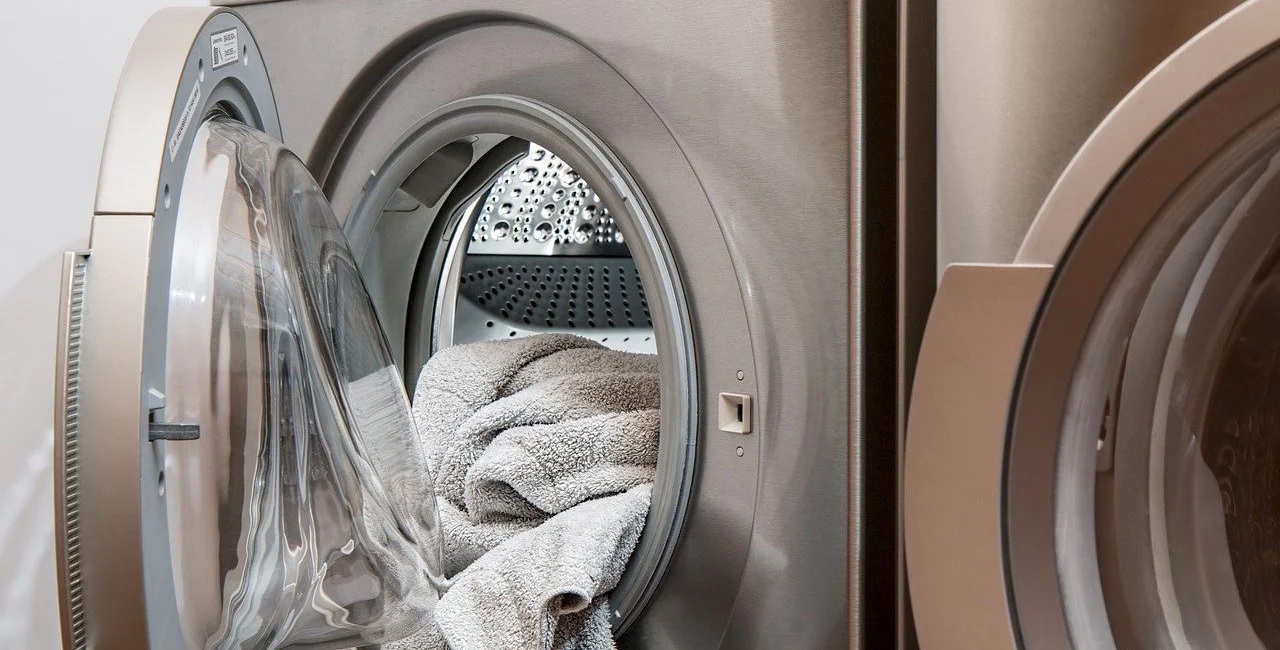

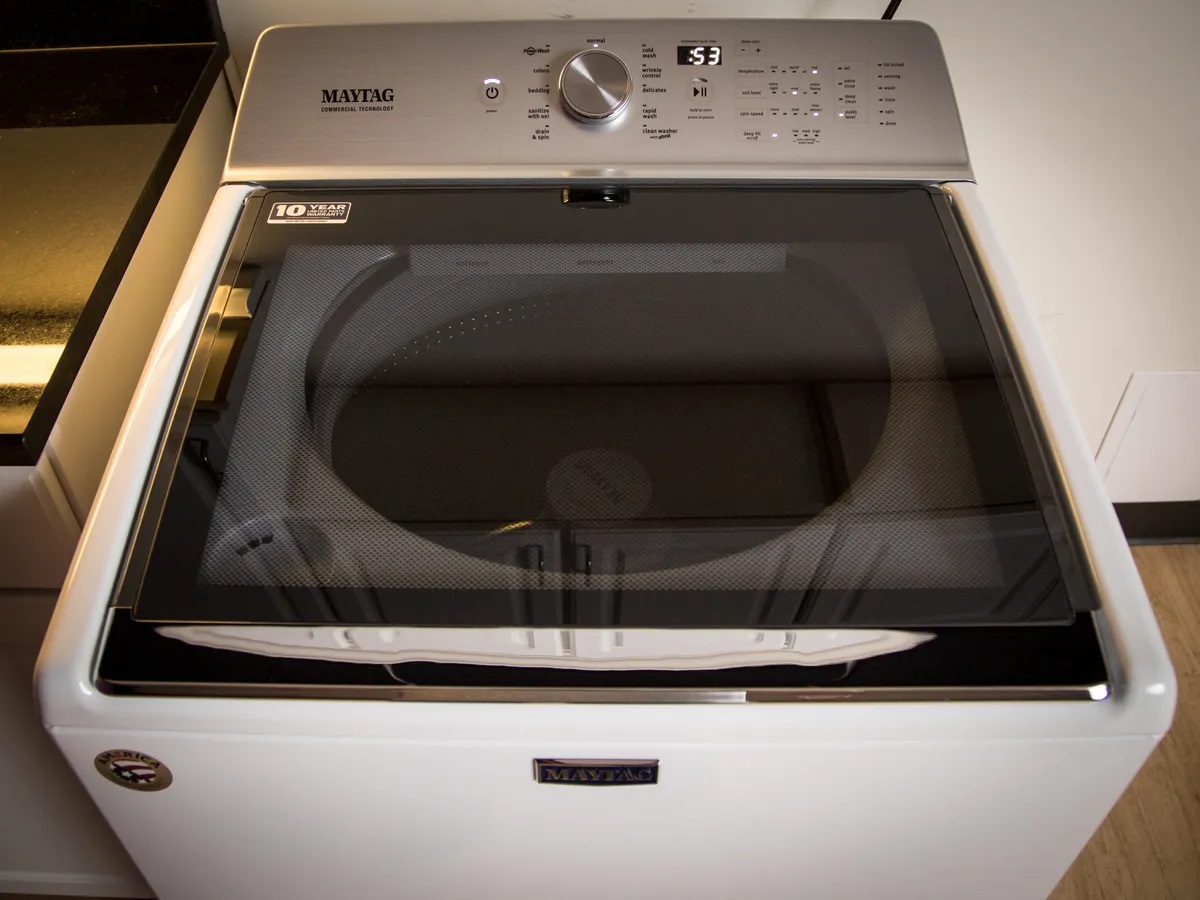
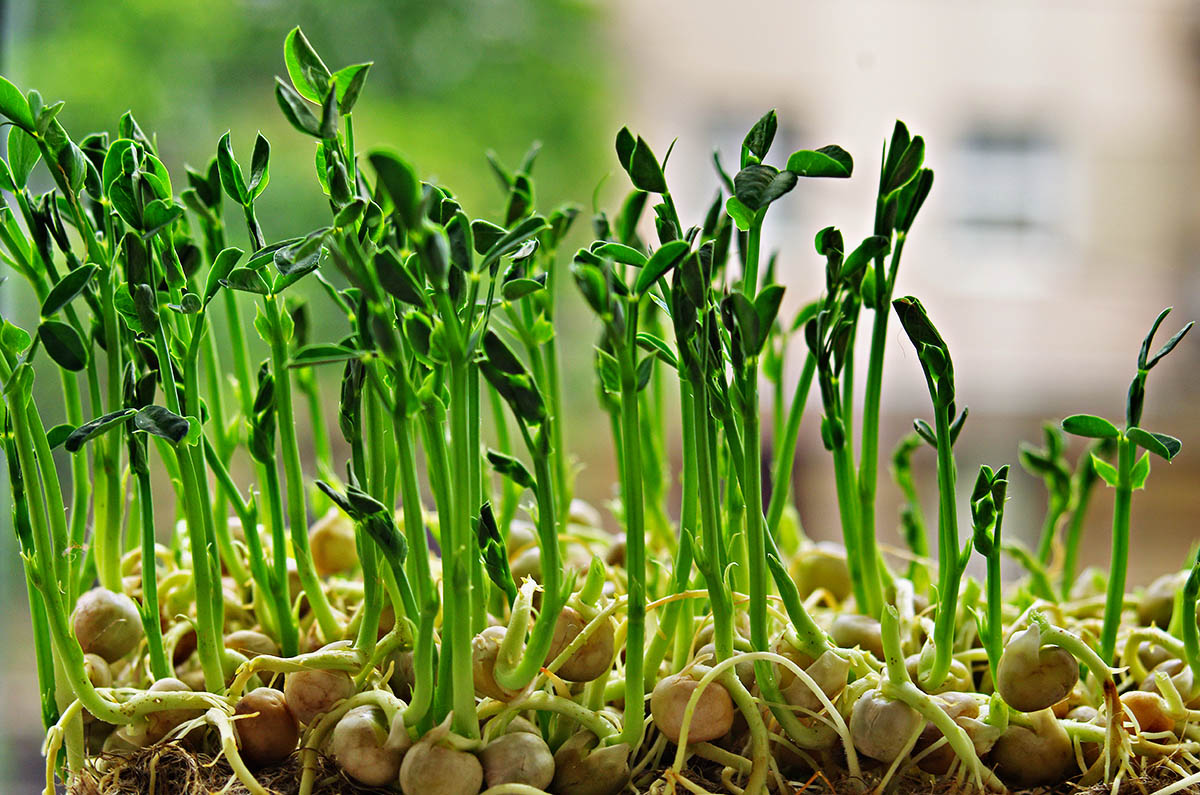
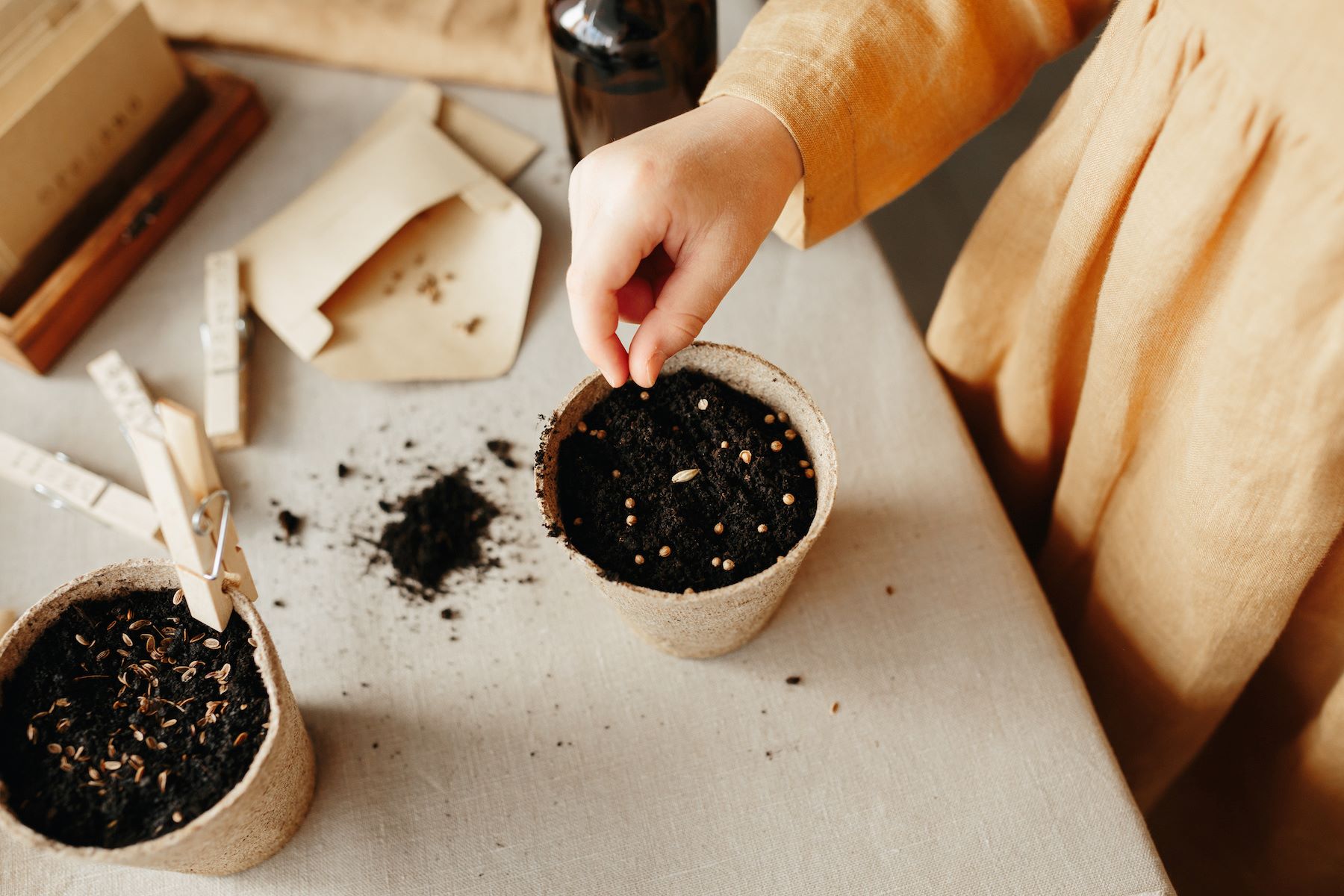
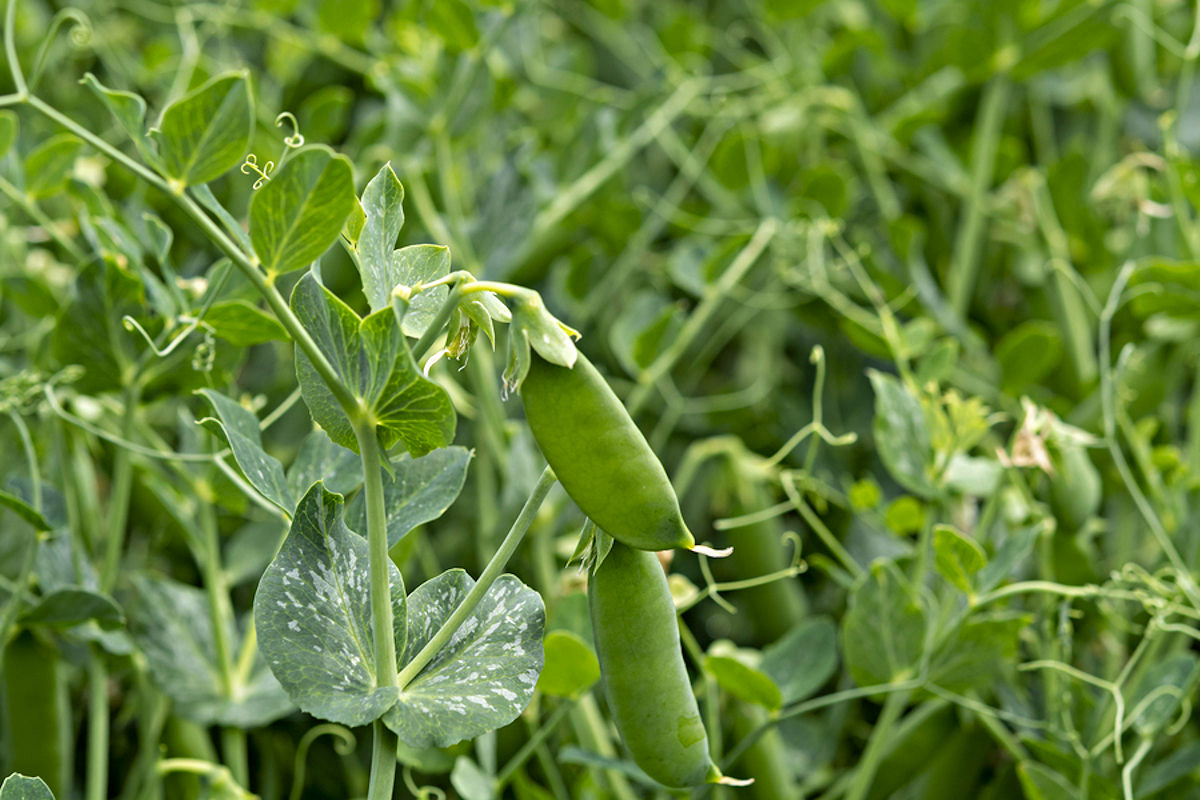
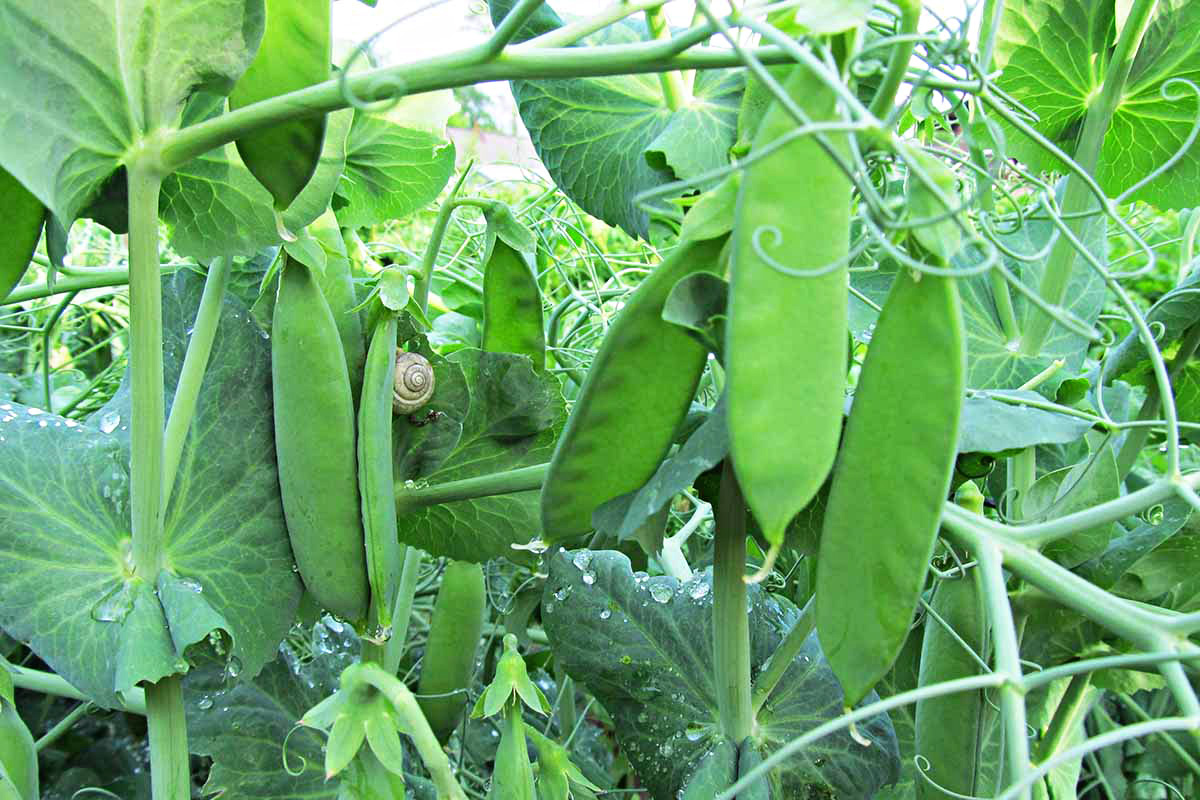
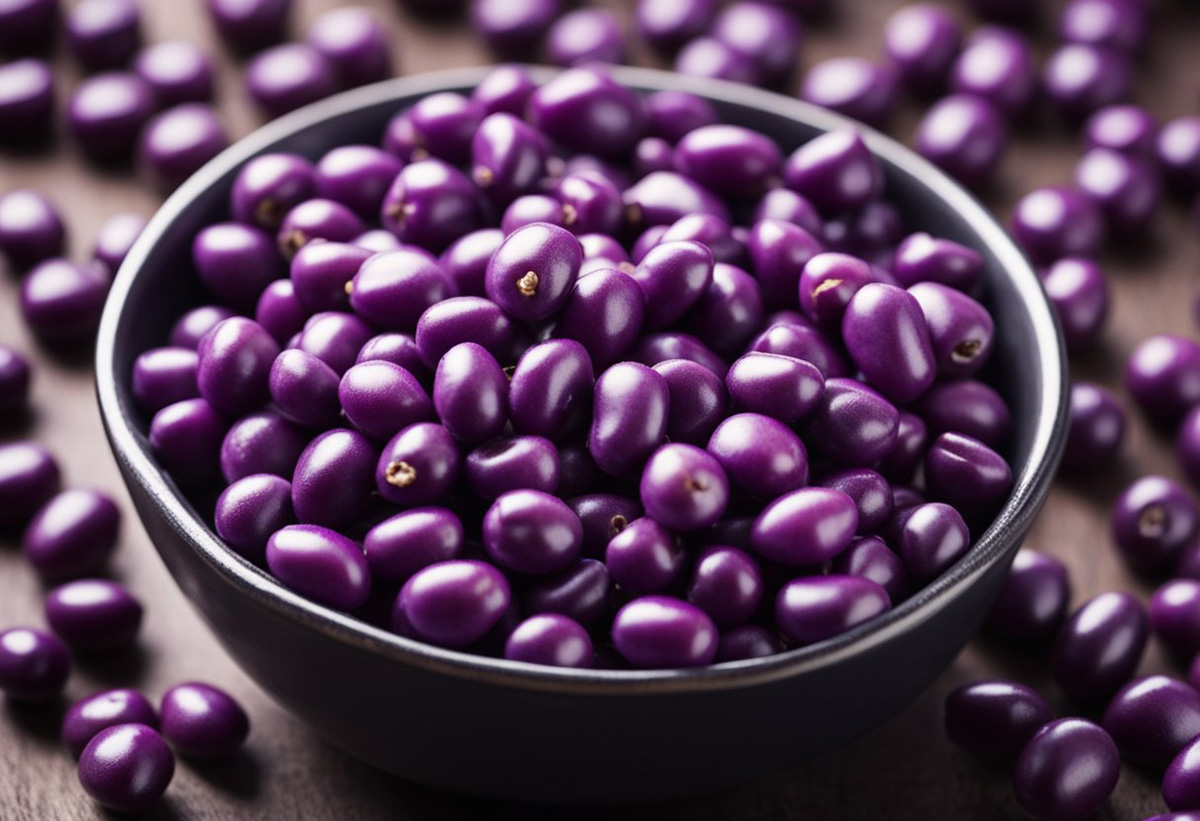
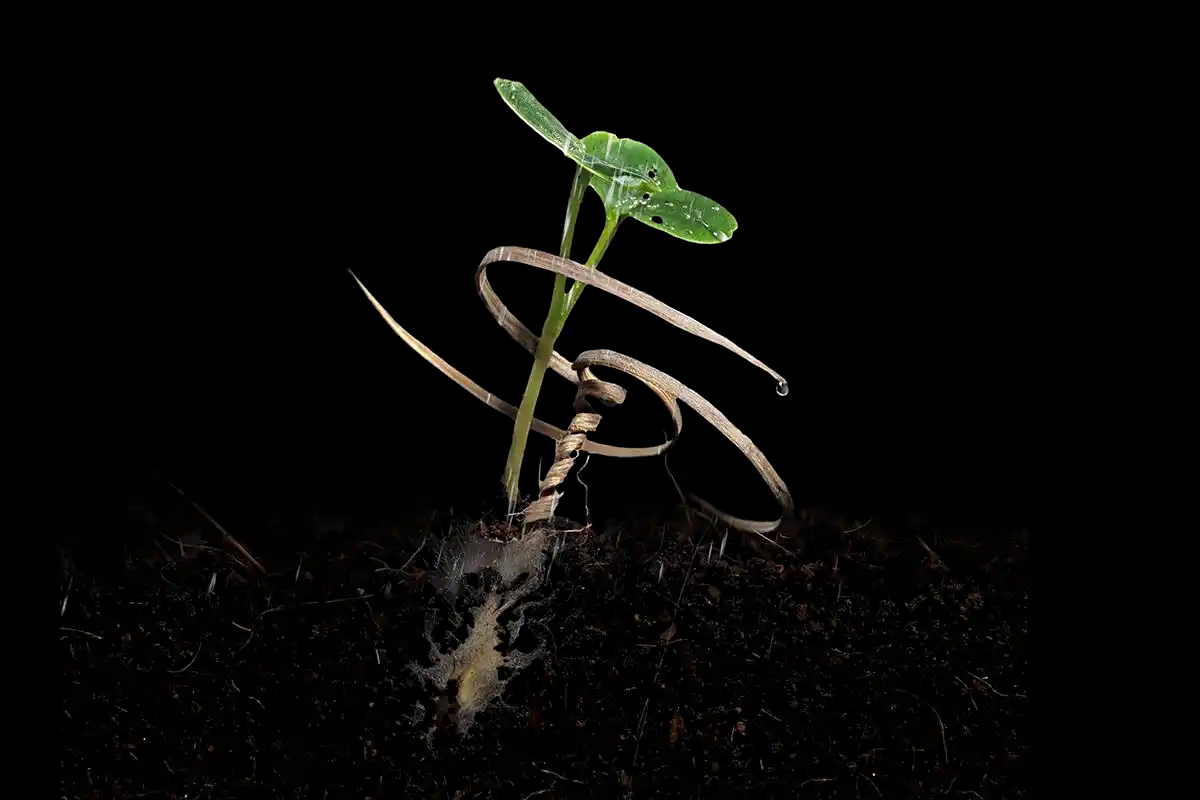
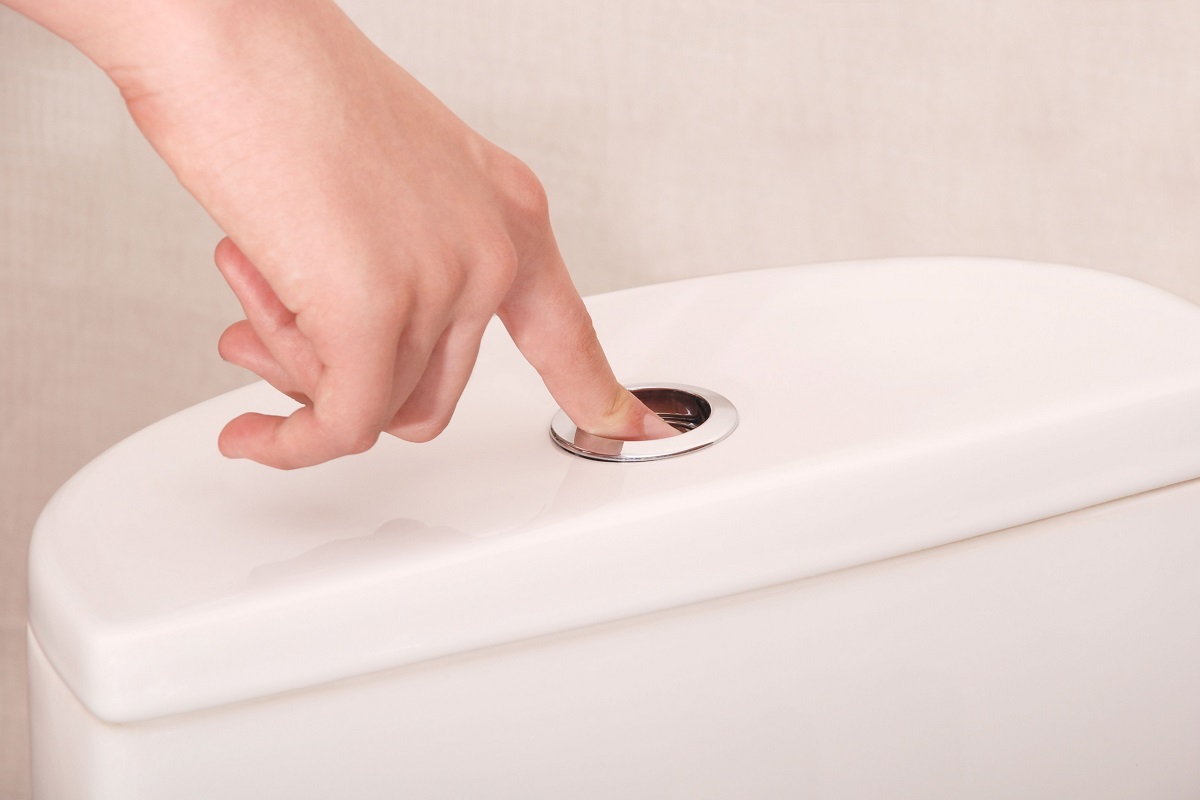
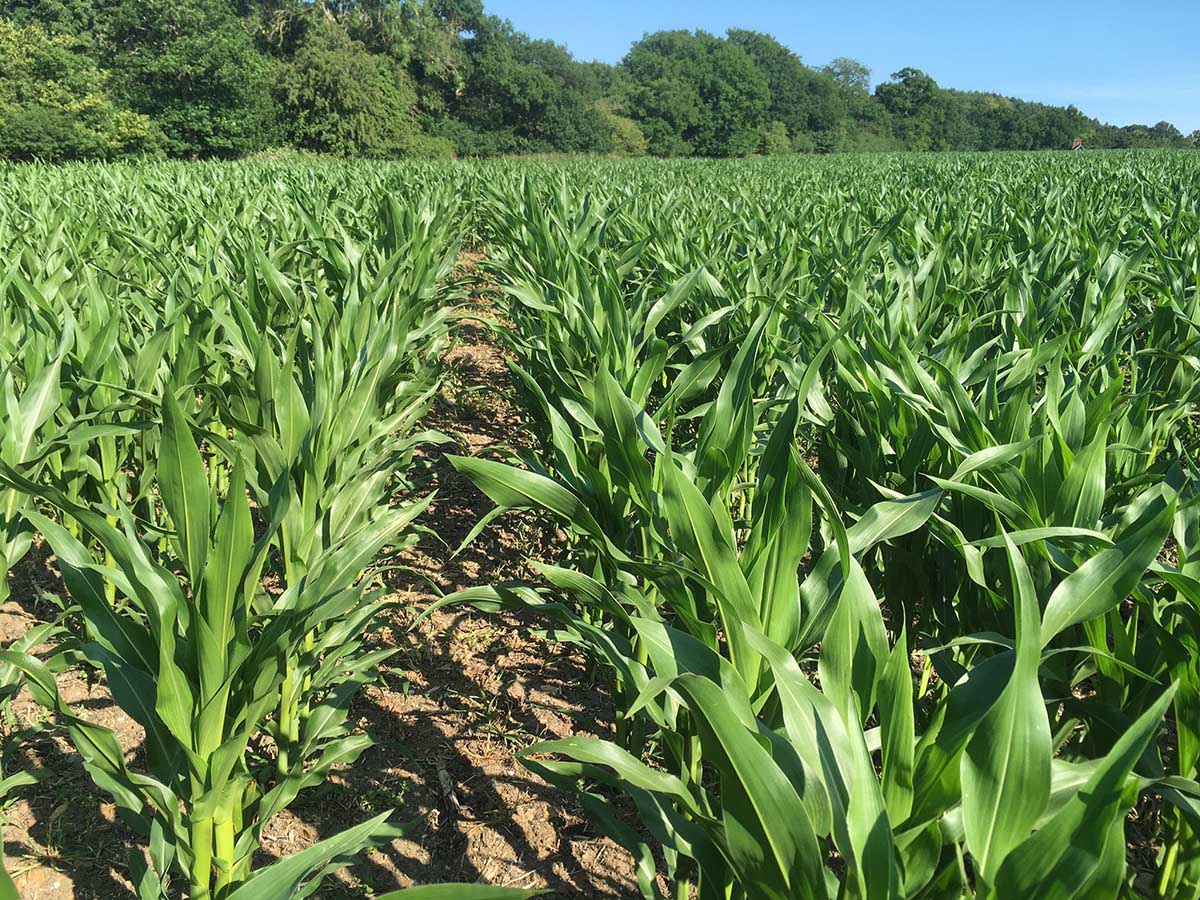
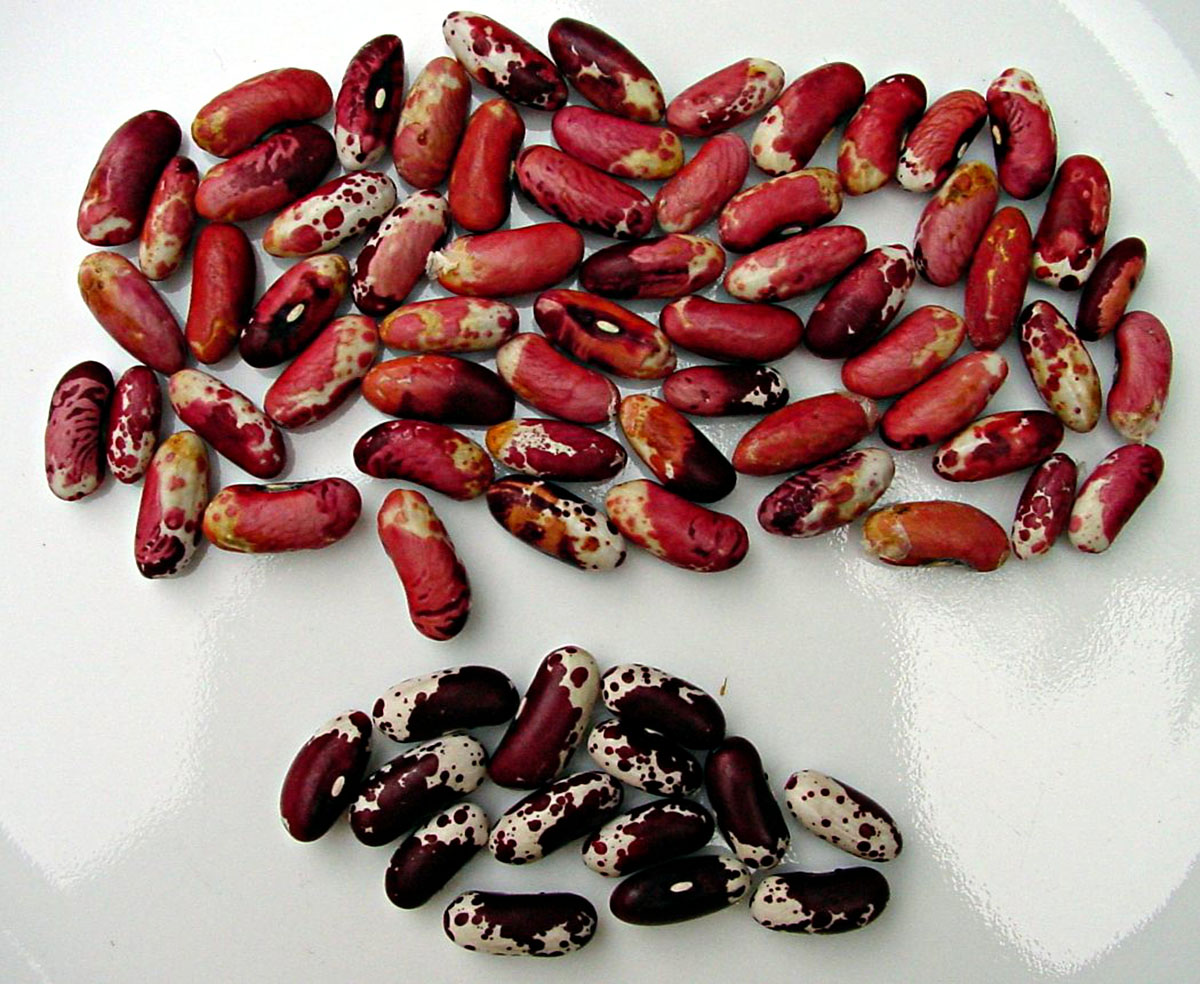

0 thoughts on “Why Won’t My Peas Germinate”